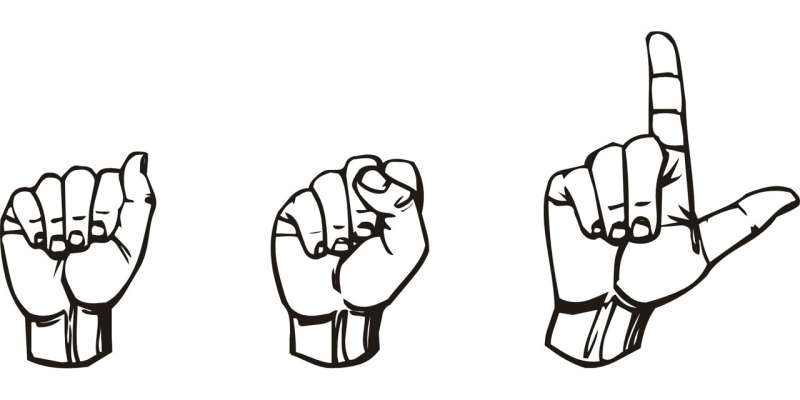Greater diversity needed in the sign language translation and interpreting profession

More needs to be done to encourage people from diverse backgrounds to enter the UK sign language translation and interpreting profession in order to meet the access needs of diverse deaf communities across the country.
That is according to a ground-breaking study led by academics at Heriot-Watt University alongside colleagues from the University of Wolverhampton and the University of the West of Scotland. Commissioned by the Association of Sign Language Interpreters UK (ASLI), the 139-page report says the current 'typical profile' of a sign language translators and interpreters (SLTIs) working in the UK is a straight, white, 44 year old woman, who is non-religious but has caring responsibilities, is self-employed and from England.
Furthermore, the report found that around 89% of those surveyed identified as white with fewer than 10% identifying within the Black or minority ethnic category. More than 82% delivering sign language interpretation are women and 69% of respondents indicate no disability or mental health conditions.
The report, sets out a list of 20 recommendations that include the introduction of targeted recruitment programs aimed at attracting students from diverse backgrounds including ethnic minorities, LGBTQIA+, men, deaf and the disabled people, to pursue a career as a sign language translator or interpreter.
Professor Jemina Napier, Director of Research for the School of Social Sciences at Heriot-Watt University, led the study. She stressed the need for sign language translators and interpreters to represent all backgrounds and communities.
She said: "This study has evidenced what we have suspected anecdotally for some time in the UK profession: that the demographic profile of practicing sign language translators and interpreters does not reflect or represent characteristics of the wider population or the British deaf community. Although the profession demonstrates effective recruitment from some minority groups (e.g. with a higher proportion of SLTIs who identify as LGBTQIA+ than the wider community), other intersectional characteristics, particularly race and ethnicity are under-represented."
In their report for ASLI the researchers highlight an opportunity for deaf-led organizations to work more closely together to ensure the sign language translator and interpreter profession meets the needs of communities across the UK.
As noted by research collaborator Dr. Chijioke Obasi from the University of the West of Scotland:
"As a black academic who has researched and published on issues of race and ethnicity in sign language interpreter education training and practice, I was very pleased to be invited to join the research team. The issues of identity and intersectionality are being more widely recognized in many professions and organizations. This report provides a great opportunity to raise the profile of these issues within the sign language interpreter and translator professions."
Dr. Robert Adam, a deaf assistant professor and head of the British Sign Language team in the Department of Languages & Intercultural Studies at Heriot-Watt University, was on the research team and also translated the main findings and recommendations into BSL.
He said: "It is pleasing to see that this study was able to examine the diversity of the sign language translation and interpreting profession and see where we can do better about representation of minority groups. There is nothing as empowering for people as seeing someone from their own minority background doing this kind of work and we should be doing all we can to encouraging greater representation in the profession."
Provided by Heriot-Watt University


















